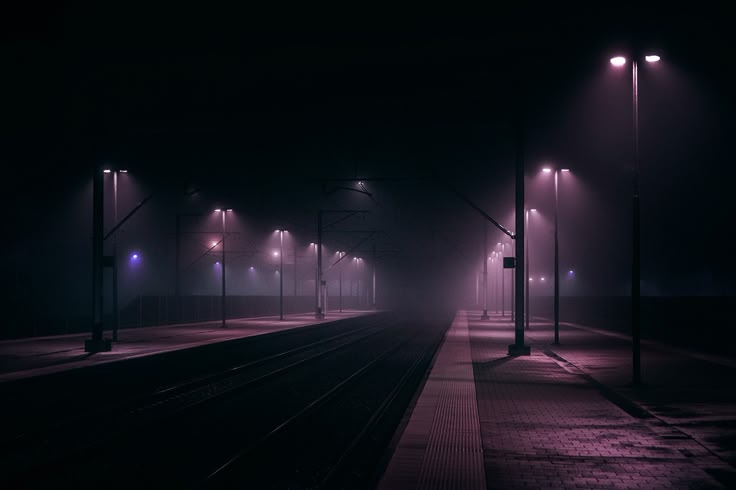
{Spoiler Free}
“Draw a picture of me, and it will be a scribble with fangs”. That’s how the protagonist of the book Dark Places , Libby Day, describes herself. And in some ways, as we go on in the book , the readers understand why. You see, Libby’s life has been miles away from normal. She witnesses the brutal massacre of her family when she was seven years old. And being the sole witness of this heinous crime, she testifies that her older brother, Ben Day , was the killer, resulting in his life imprisonment.
As an avid lover of Flynn’s work, I can’t help but notice one recurring theme in all her books. We see her highlight the ease with which people can manipulate or deceive law enforcement, and the broader inadequacies of the criminal justice system. Flynn also highlights that institutions such as the police are extremely fallible, susceptible to prejudice. In some cases, they also make decisions based on limited information. Dark Places is no exception to this phenomenon as well. Did the police made similar mistakes while taking Libby’s testimony or not? Did Libby really see what she thinks she saw that night? Is justice too easily swayed by convenience and assumption? These are all some questions that the book answers. In Dark Places, both Ben and Libby, in different ways, are victims of the system’s oversights and its willingness to accept easy answers. The justice system which is supposed to be the objective protector of people, fails to do so by getting swayed so easily by media trials and superficial evidence.
The narrative structure of the book alternates between two timelines – The “Now” or present where we see Libby investigating the truth about the murders and her brother and the flashbacks to the events leading up to the night of the tragedy. As a reader, I was absolutely in awe of this reading scheme. It was so successful in building the kind of suspense that was required for the story. This way of writing works best for the story also because it mirrors “uncovering or unraveling” the truth. With each chapter, Flynn skillfully counts down to the night of the tragedy, heightening the tension as the timeline inches closer to the inevitable. It’s almost like a slow, deliberate build-up, where each revelation and shift in perspective adds another layer of suspense. The closer we get, the more palpable the tension becomes, culminating in a powerful release when the full events of that fateful night are finally revealed. This careful pacing creates an almost visceral experience for the reader, where the anticipation is stretched to its breaking point before the shocking truth is fully laid bare.
The story of Dark Places explores multiple themes of survival, manipulation, justice and family. It is more than a thriller, it is an exploration of human darkness, survival and the complexities and misunderstandings of truth. The resolution of the story does absolute justice to the buildup before it. It serves the dual purpose of shocking the reader but also making them think about the brutalities of life. For readers who crave a novel that challenges their perceptions and keeps them hooked until the last page, Dark Places is an absolute must-read.
Leave a Reply